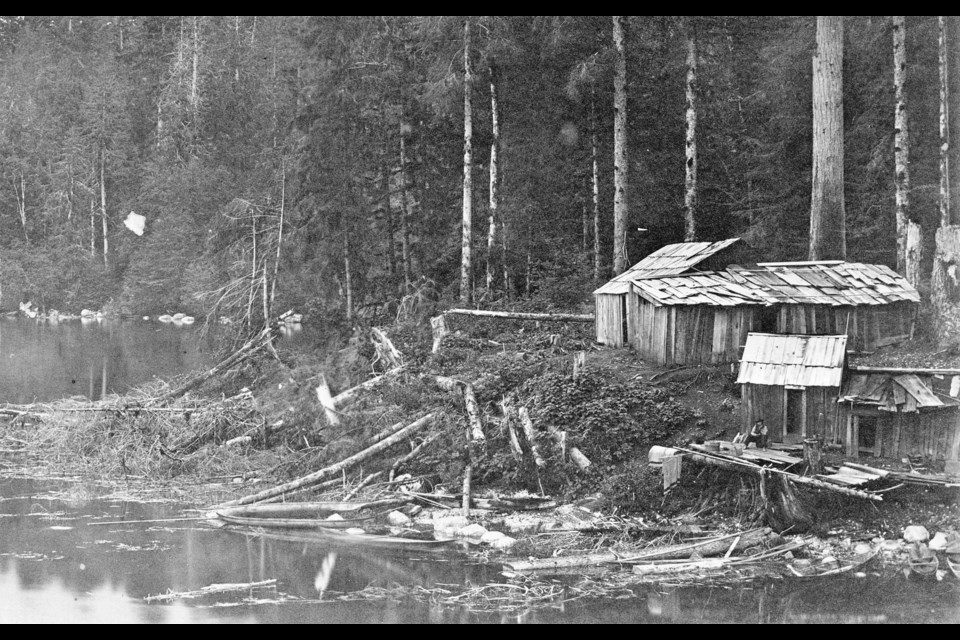In 1886 Vancouver was created.
That is, the municipal body now known as the City of Vancouver was created. It was really more of an administrative thing, as there was already a growing settler community here.
These 15 photos give us a glimpse of what that looked like. As photography was a relatively new and difficult technology at the time settlers moved into what is now the Metro Vancouver area, there aren't a lot of surviving shots of the area (photography was developed in the 1830s and the first photo of Canada was taken in 1840).
The first photo in the gallery actually may be the oldest photo of what would become Vancouver. It shows a man sitting on what's essentially the front porch of a building above some canoes. This is near what's now Lost Lagoon in Stanley Park, though the area is radically different now.
According to the City of Vancouver archives, the photo was taken in 1868. That's the earliest date that's as specific as that in the archives showing Vancouver. There are older photos of B.C., but at the time the area that would become Vancouver was a smaller lumber town and the more dominant Victoria is a common subject matter.
The second photo in the gallery may be older, but the notes accompanying it are somewhat unclear. The archives note it's from the 1860s, but aren't certain what year. And while the photo shows an area cleared of forest (or, at least, partially cleared) two different notes suggest different places. The title of the photo suggests it's Denman Street, but a note on the back says it's the intersection of Granville and Hastings.
The other photos are more straightforward; there are several shots of the Hastings Sawmill, which, along with Gastown, was central to Vancouver's development from a lumber town to a city. Part of it still exists, though not where you'd expect.
The photos also make it clear how important lumber and the ocean were to early settlers of the region. With few roads, boats were the means of transportation, locally and long-distance. Waterfront properties were common, not so much for the aesthetics of the ocean, but because it meant access to a wider world.
Not all the photos are of trees and boats. One 1885 shot shows a small cottage with four people (three men and a woman) on the porch (except the man in the garden). It captures what a dwelling would have looked like for early colonizers of European heritage to the area.
A year earlier Wah Chong got his family together for a posed photo in front of the family business on Water Street.
Other highlights include the shot of Hastings, which shows people playing at the beach over 130 years ago. There's also the shot looking north from Brockton Point. While not the most exciting image, the mountains and well-known location makes it easy to find pretty much the same location nowadays - though the exact spot may be under the seawall.






